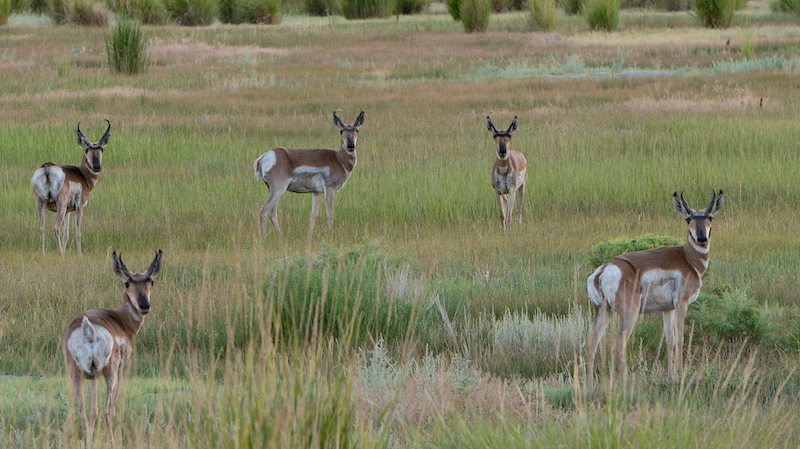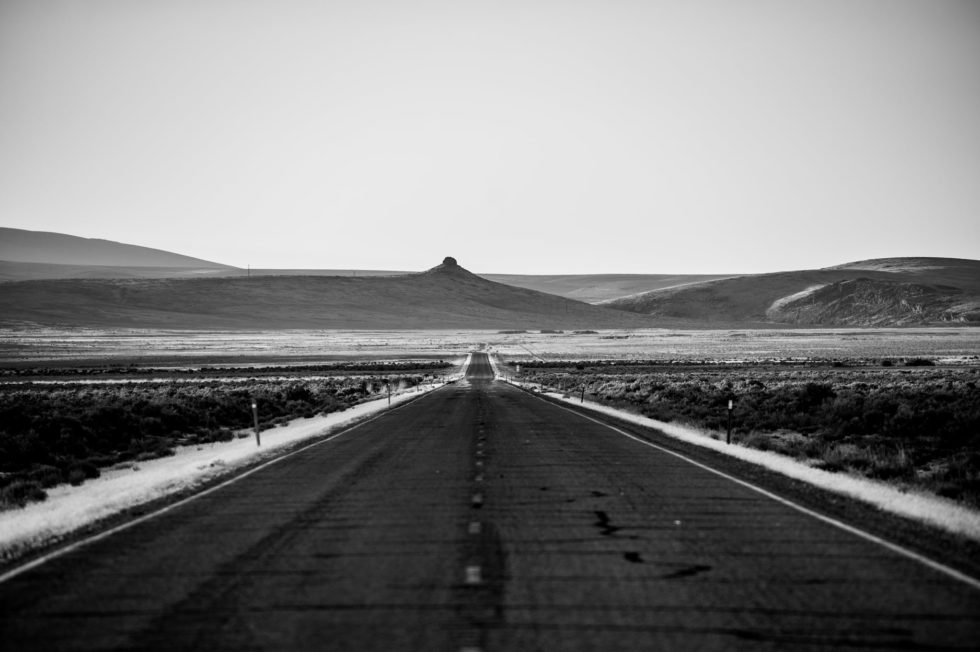This article originally appeared in Protect Thacker Pass.
By Max Wilbert
The great poet and playwright James Baldwin wrote in 1953 that “People who shut their eyes to reality simply invite their own destruction.”
Perhaps never has this been truer than in this era of converging ecological crises: global warming, biodiversity collapse, desertification and soil erosion, ocean acidification, dead zones, plastic pollution, sprawling habitat destruction, and the total saturation of our environment with radioactive or toxic chemicals.
Ignorance is not bliss; it is dangerous.
That is why I am so concerned that, while searching for solutions to global warming, many people imagine that fossil fuels can be simply replaced with solar and wind energy, that gas tanks can be swapped for lithium batteries, and that this will solve the problem.
For years, I have been arguing that this is wrong, and that we need much more fundamental changes to our economy, our society, and our way of life.
For the last 6 months, I have been camped at a place in northern Nevada called Thacker Pass, which is threatened by a vast planned open-pit mine that threatens to destroy 28 square miles of biodiverse sagebrush habitat, release millions of tons of greenhouse gas emissions, bulldoze Paiute and Shoshone sacred sites, and leave behind piles of toxic waste for generations to come.
Electric cars and fossil fuel cars don’t differ as much as lithium mining companies would like us to believe. In fact, a direct link connects the water protectors fighting the new Line 3 oil pipeline in the Ojibwe territory in Minnesota and the land defenders working to protect Peehee Mu’huh, the original name for Thacker Pass in the Paiute language.
The new Line 3 pipeline would carry almost a million barrels a day of crude oil from the Alberta Tar Sands, the largest and most destructive industrial project on the planet, to refineries in the United States. On the way, it would threaten more than 200 waterbodies and carve a path through what CNN called “some of the most pristine woods and wetlands in North America.” The project would be directly responsible for millions of tons of greenhouse gas emissions.
For the last 7 years, indigenous water protectors and allies have rallied, petitioned, established resistance camps, held events, protested, and engaged in direct action to stop the Line 3 pipeline from being built. More than 350 people have been arrested over the past few months, but pipeline construction continues to progress for now.
Ironically, the proposed Thacker Pass lithium mine would require importing nearly 700,000 tons of sulfur per year — roughly equivalent to the mass of two Empire State Buildings — for processing the lithium. This sulfur would likely come (at least in part) from the Alberta tar sands, perhaps even from oil that would flow through Line 3.
Almost all sulfur, which is used in a wide range of chemical processes and fertilizers, comes from oil and gas refineries, where it’s a byproduct of producing low-sulfur fuels to meet air-quality regulations around acid rain.
According to the U.S. Geological Survey, tar sands contain 11 times as much sulfur as conventional heavy crude oil, and literal “mountains” of sulfur are piling up in Alberta and at other refineries which process tar sands fuel. Sulfur sales revenue is important to the economics of tar sands oil extraction. One report released in the early years of tar sands extraction found that “developing a plan for storing, selling or disposing of the sulfur [extracted during processing] will help to ensure the profitability of oil sands operations.”
This means that Thacker Pass lithium destined for use in “green” electric cars and solar energy storage batteries would almost certainly be directly linked to the Line 3 pipeline and the harms caused by the Tar Sands, including the destruction of boreal forest, the poisoning of the Athabasca River and other waters, and an epidemic of cancers, rare diseases, and missing and murdered indigenous women facing Alberta First Nations. And, of course, the tar sands significantly exacerbate global warming. Canadian greenhouse gas emissions have skyrocketed over recent decades as tar sands oil production has increased.
Mining is exceptionally destructive. There is no getting around it. According to the EPA, hard-rock mining is the single largest source of water pollution in the United States. The same statistic probably applies globally, but no one really knows how many rivers have been poisoned, how many mountains blown up, how many meadows and forests bulldozed for the sake of mining.
The water protectors at Line 3 fight to protect Ojibwe territory, wild rice beds, and critical wildlife habitat from a tar sands oil pipeline, oil spills, and the greenhouse gas emissions that would harm the entire world. Here at Thacker Pass, we fight the same fight. The indigenous people here, too, face the destruction of their first foods; the poisoning of their water; the desecration of their sacred sites; and the probability of a toxic legacy for future generations. I fight alongside them for this place.
Our fights are not separate. Our planet will not cool, our waters will not begin to flow clean again, our forests will not regrow, and our children will not have security unless we organize, stop the destruction, and build a new way of life. The Line 3 pipeline, and all the other pipelines, must be stopped. And so must the lithium mines.
The wind howls at Thacker Pass. Rain beats against the walls of my tent. A steady drip falls onto the foot of my sleeping bag. It’s June, but we are a mile above sea level. Summer is slow in coming here, and so the storm rages outside, and I cannot sleep. Nightmare visions of open-pit mines, climate breakdown, and ecological collapse haunt me.
James Baldwin gave good advice. In this time, we must not shut our eyes to the reality that industrial production, including the production of oil and the production of electric cars, results in industrial devastation. And with our eyes wide open, we must take action to protect our only home, and the future generations who rely on us.
Also available at The Sierra Nevada Ally, Dispatches from Thacker Pass series.
For more on the Protect Thacker Pass campaign
- Protect Thacker Pass website
- Stop Thacker Pass Mine website
- Official Facebook Page
- Previous articles published on the issue
- Pre-feasibility study for Thacker Pass Project
- Final Environmental Impact Statement for the Thacker Pass Project
#ProtectThackerPass #NativeLivesMatter #NativeLandsMatter
